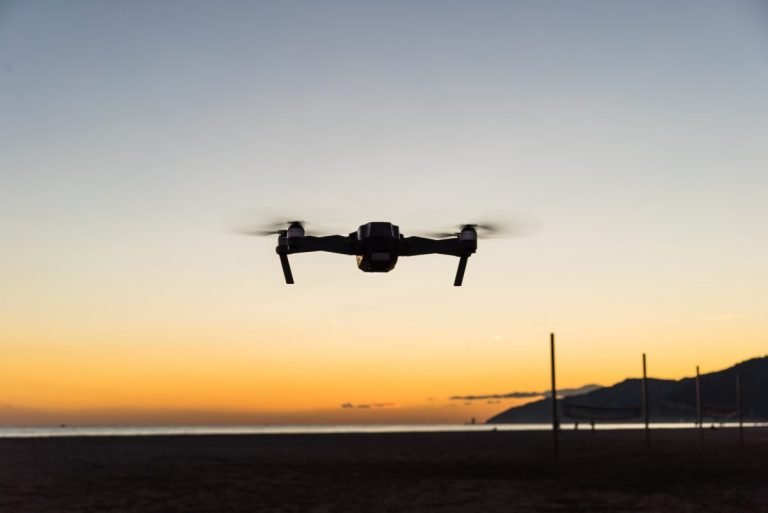
In the past decade, drones have revolutionized the way we capture aerial footage. With their ability to fly and maneuver in ways that were once impossible, they have become an essential tool for capturing stunning visuals. One industry that has particularly benefited from drone technology is real estate.
With just a few clicks of a button, Antoniosofan brings an added dimension to real estate videos – one that literally takes viewers on a thrilling journey through properties like never before. Real estate videos have become increasingly popular in recent years as more buyers are turning to online sources for their property search. These videos provide a virtual tour of properties, giving potential buyers a feel for the space before they even step foot inside. And with drones now able to capture aerial footage of properties, these videos have taken on a whole new level of sophistication and detail.
Benefits:
Improved Angles
One of the biggest benefits of using drones in real estate videos is the improved angles they provide. Drones can capture footage from above, giving viewers a bird’s eye view of a property and its surroundings. This can be particularly useful when showcasing large properties or properties with unique features such as gardens or swimming pools.
Smoother Shots
In addition to improved angles, drones also allow for smoother shots. Traditional methods of capturing aerial footage often involve shaky handheld cameras or expensive helicopter rentals, both of which can result in choppy footage. With drones, however, smooth and stable shots are easily achievable, allowing viewers to fully appreciate the beauty and details of a property.
Better Views
Finally, using drones in real estate videos provides better views for potential buyers. By showcasing a property from multiple perspectives and heights, viewers can get a more comprehensive understanding of the layout and features of a property. This not only helps buyers make informed decisions but can also increase interest and excitement in the property itself.
Cost-Effectiveness:
One of the biggest advantages of using drones for real estate videos is cost-effectiveness. Compared to traditional methods such as hiring a helicopter or airplane, drone technology is more affordable and accessible. Drones are relatively inexpensive to purchase and operate, making them an attractive option for real estate agents who want to showcase their properties from unique perspectives.
Moreover, drones can cover large areas quickly and efficiently while capturing high-quality footage that would have been impossible with traditional methods. This means that real estate agents can create compelling videos without spending a significant amount of money on production costs. Additionally, drones can be used repeatedly for future projects, further reducing costs over time.
Safety Measures:
Drone technology has revolutionized the way real estate videos are created and marketed. However, with great power comes great responsibility. The use of drones in real estate must be done with adherence to regulations and guidelines set by the Federal Aviation Administration (FAA). Failure to comply can have serious consequences, including fines and legal action.
According to the FAA, commercial drone users must obtain a Remote Pilot Certificate and comply with specific regulations such as flying below 400 feet, keeping the drone in sight at all times, avoiding restricted airspace, and not flying over people or moving vehicles. Additionally, local laws may also place restrictions on drone use.
Real estate agents should also consider obtaining liability insurance for their drone operations. This coverage can protect against property damage or personal injury caused by the drone during a commercial flight.
Marketing Advantages:
One of the main marketing advantages of using drone technology in real estate videos is the ability to stand out from the competition. With so many homes on the market, it can be difficult for a property to catch a potential buyer’s eye. However, aerial footage captured by drones can showcase unique features of a home that may not be easily visible from the ground. This can make a property more memorable and increase its chances of being viewed and ultimately sold.
Furthermore, drone footage can also give potential buyers a better sense of the surrounding area and neighborhood. By capturing sweeping views and highlighting nearby amenities such as parks or shopping centers, buyers can get a better understanding of what it would be like to live in that particular location. This added level of detail can help set properties apart from others that may only have static photos or traditional video tours.
Conclusion
In conclusion, the use of drone technology in real estate videos has proven to be a game-changer for the industry. With the ability to capture stunning aerial footage of properties and their surroundings, drones have made it easier for buyers to get a better sense of the property’s location, features, and overall appeal. Additionally, they offer real estate agents and marketers an opportunity to showcase their listings in a unique and visually appealing way.
Moreover, drone technology can also provide significant cost savings by eliminating the need for expensive helicopter or crane shots. The ease of flying drones means that even smaller real estate agencies can incorporate this technology into their marketing strategy without breaking the bank. As such, it’s becoming increasingly common to see virtual tours and aerial views as part of a standard property listing package.
Overall, drone technology is set to continue revolutionizing not just real estate but many other industries as well. Its versatility and accessibility make it an excellent tool for capturing breathtaking footage from angles previously impossible or too costly to achieve. Real estate professionals who embrace this cutting-edge technology will undoubtedly enjoy more success in attracting clients and closing deals than those who don’t.





